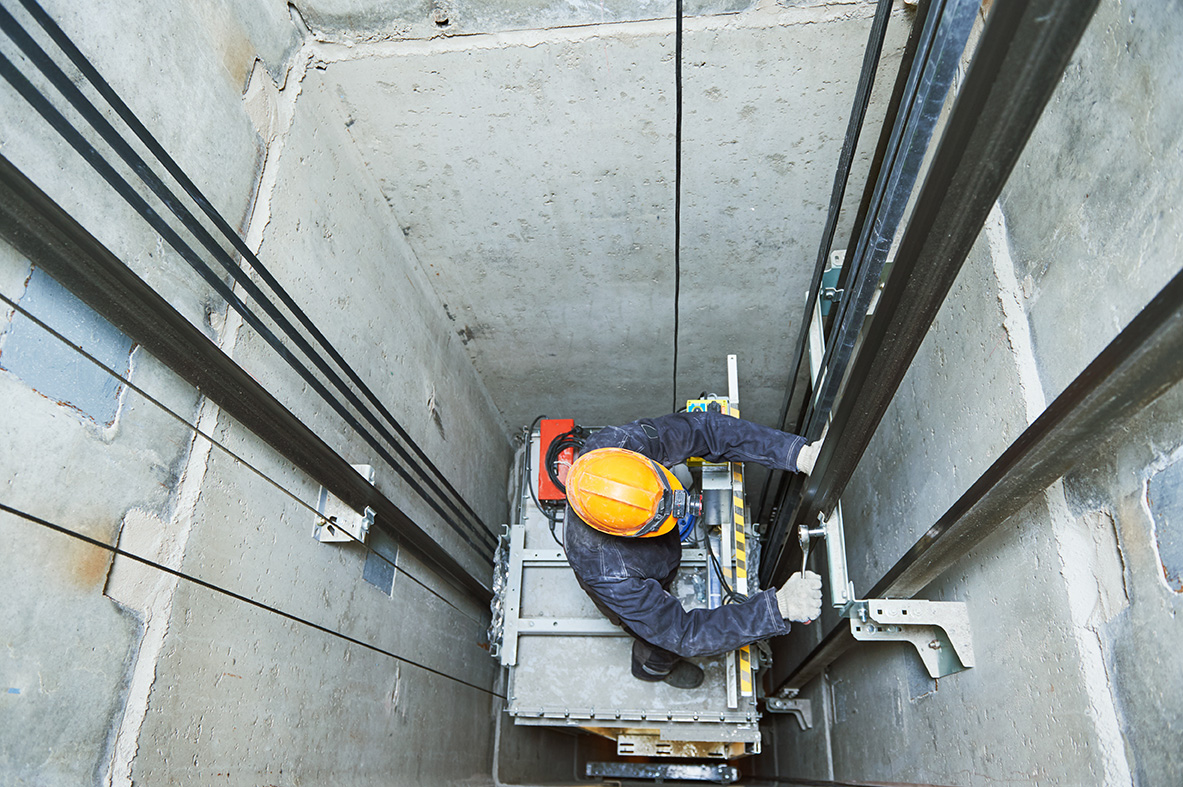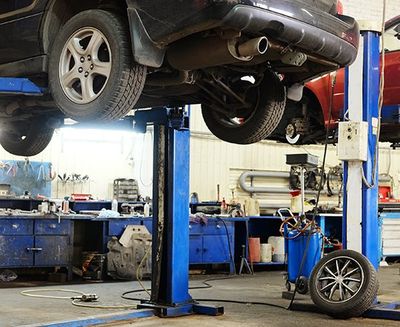Comprehensive Guide to Lift Equipments and Their Maintenance
Browsing the detailed world of lift systems and their maintenance is a job that requires accuracy and understanding. From the various kinds of elevator systems in usage to the careful adherence to security laws, the upkeep of these upright transportation gadgets is a complex venture.
Kinds Of Elevator Solutions
Lift systems come in different kinds, each developed to match specific building needs and user demands. The most typical kinds consist of hydraulic elevators, traction lifts, machine-room-less lifts, and vacuum cleaner lifts. Hydraulic elevators are excellent for low-rise structures and make use of a hydraulic piston to move the lift cars and truck. Grip lifts, on the other hand, are much more fit for skyscrapers and use steel ropes and counterweights to move the cars and truck. Machine-room-less lifts are a space-saving alternative as they do not need a different machine space for the lift equipment. Vacuum cleaner lifts, a more modern advancement, usage air stress differentials to relocate the auto within a clear tube.
Each type of elevator system has its own benefits and disadvantages, making it crucial for building proprietors and programmers to carefully consider their specific demands prior to selecting one of the most suitable option. Factors such as building elevation, room accessibility, energy efficiency, and spending plan restraints all play a considerable function in determining the very best lift system for a specific building.
Usual Upkeep Problems
Regular upkeep of elevator systems is essential to make certain smooth operation and prolong their life-span. Regardless of routine upkeep, elevator systems can still run into typical maintenance problems that need to be immediately dealt with to avoid disruptions in solution. Among one of the most frequent problems is door malfunctions. Elevator doors might obtain misaligned, bring about problems with opening and closing appropriately. This can cause delays and safety and security risks, requiring instant focus from maintenance service technicians. Another common issue is connected to the elevator's leveling accuracy. Guests might experience tripping hazards and discomfort if the lift does not straighten appropriately with the floors. Furthermore, problems with the control system, such as sensing unit troubles or electrical issues, can trigger the elevator to breakdown or quit working altogether. Normal assessments and aggressive upkeep can aid identify and settle these common maintenance concerns prior to they rise and impact the general efficiency of the lift system.
Safety Regulations and Compliance
Adhering to stringent safety laws and making certain conformity with industry standards are paramount for keeping the functional stability of elevator systems. Elevators are subject to an extensive set of safety and security guidelines to secure travelers, maintenance employees, and the basic public. Regulatory bodies such as the Occupational Safety And Security and Health And Wellness Administration (OSHA) in the USA and the European Lift Organization (ELA) in Europe establish standards that cover different facets of lift style, procedure, installation, and maintenance.
Conformity with these guidelines is not only a lawful need but also a moral responsibility for building proprietors and elevator upkeep business. Failure to fulfill security criteria can lead to fines, lawful liabilities, and, most significantly, threaten the safety of people using the lift. Normal assessments, maintenance checks, and adherence to security methods detailed in the guidelines are necessary to make sure the safe and efficient operation of lift systems. By prioritizing security policies and conformity, stakeholders can support the depend on of the public and reduce prospective his explanation threats related to elevator use.
Ideal Practices for Maintenance

Structure owners should additionally take into consideration spending in modernization upgrades to improve the efficiency and security of their lift systems. By complying with these ideal practices, lift systems can run efficiently and securely, providing reliable upright transport for passengers.

Advanced Technologies for Performance
Applying advanced technologies in elevator systems can dramatically boost operational performance and guest experience. These systems enable passengers to input their preferred flooring before entering the lift, which after that routes them to the most effective auto.
In addition, the combination of smart sensing units and anticipating maintenance abilities has actually revolutionized elevator maintenance. These sensors can find possible problems prior to they intensify, making it possible for positive maintenance treatments and reducing downtime. Furthermore, the usage of regenerative drives and energy-efficient components assists reduce power consumption and operating expenses in lift systems.
Additionally, the implementation of cloud-based surveillance and remote diagnostics permits real-time tracking of elevator efficiency and prompt troubleshooting of any type of breakdowns. This aggressive method not just enhances system dependability however additionally boosts the overall individual experience by guaranteeing smooth and uninterrupted lift operations.
Final Thought
To conclude, recognizing the various kinds of lift systems, typical maintenance issues, safety and security regulations, ideal upkeep techniques, and advanced technologies for effectiveness is crucial for ensuring the smooth procedure of elevators. By adhering to safety and security policies and executing ideal methods for upkeep, building owners official site can prolong the life-span of their lift systems and guarantee the safety and security of passengers. It is very important to stay upgraded on the most up to date advancements in lift technology to boost efficiency and reliability.
The most typical types include hydraulic elevators, grip elevators, machine-room-less lifts, and vacuum lifts. Hydraulic lifts are ideal for low-rise structures and utilize a hydraulic piston to move the lift automobile. Machine-room-less elevators are a space-saving alternative as they do not call for a different machine space for the lift machinery. Routine evaluations and proactive upkeep can aid recognize and settle these usual upkeep problems before they intensify and affect the general efficiency of the elevator system.
